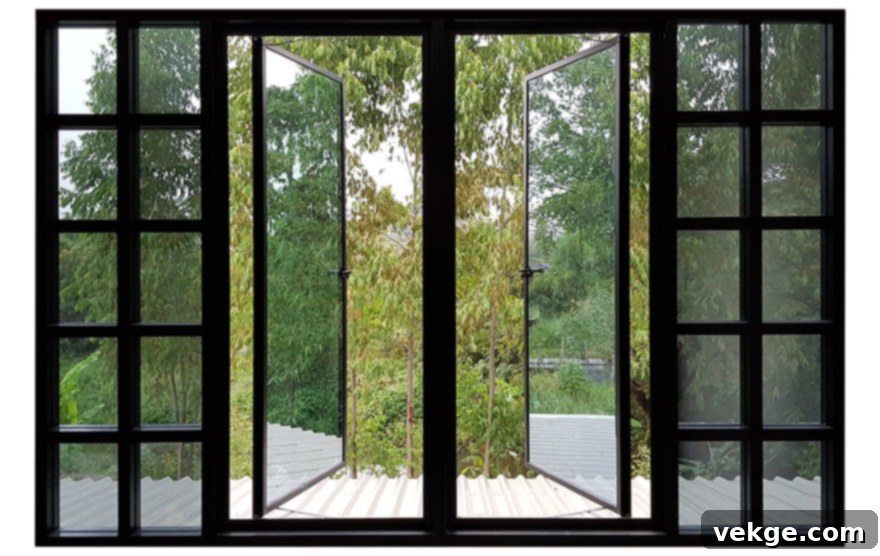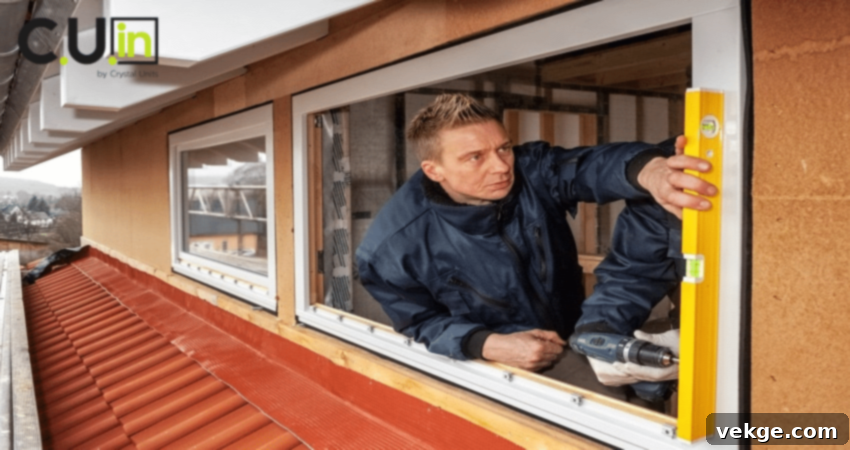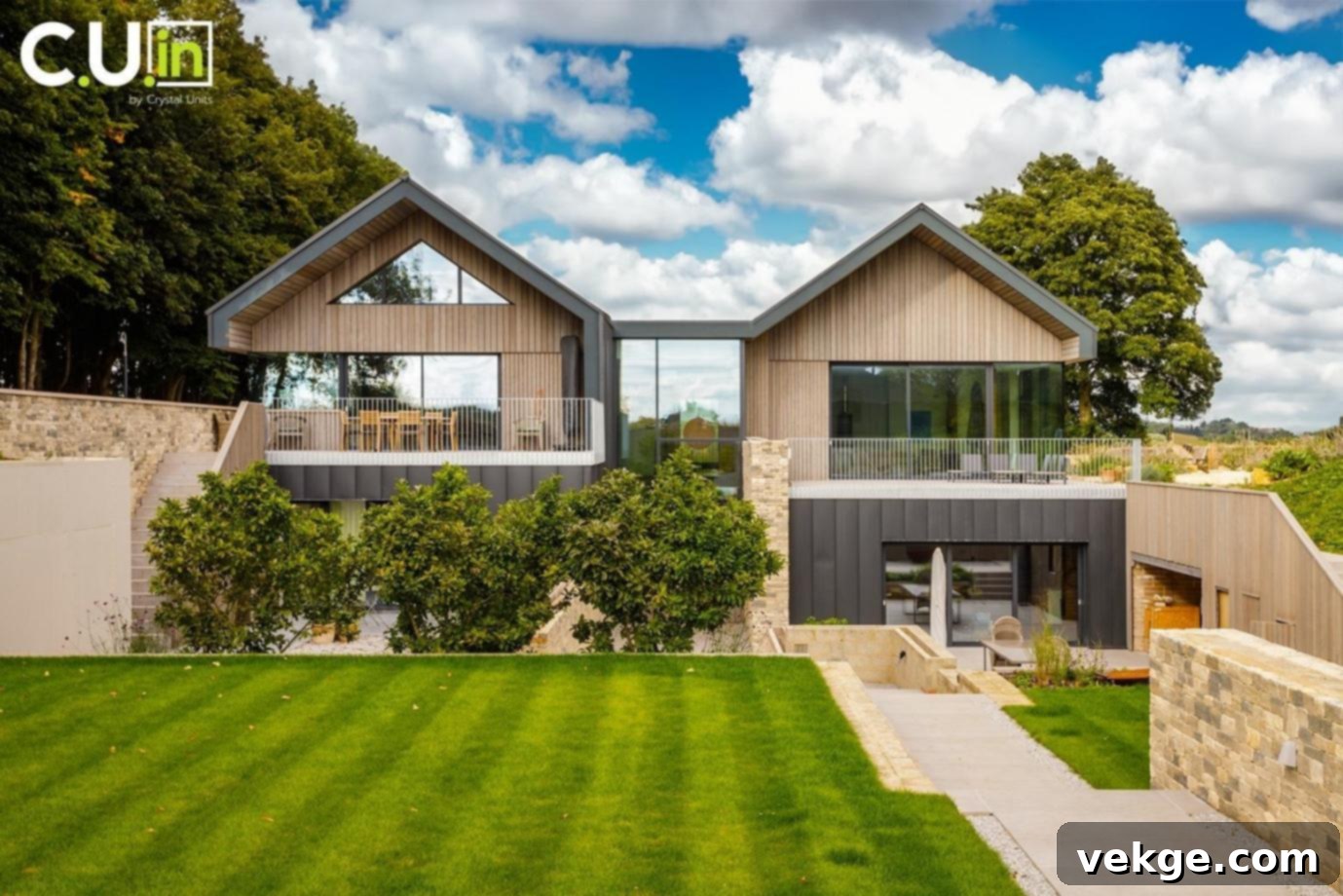Transform Your Home: A Comprehensive Guide to Window Panel Replacement
Embarking on a home renovation project or simply looking to refresh your living space inevitably brings the topic of window panel replacement to the forefront. Windows are far more than just transparent openings; they are critical components that profoundly influence your home’s comfort, energy efficiency, security, and overall aesthetic appeal. From traditional single-hung designs to the architectural elegance of oriel windows, the choices available can significantly impact your daily life and the long-term value of your property. Understanding the diverse types, their unique benefits, and the opportune moments for an upgrade is key to making informed decisions that will enhance your home for years to come.
1. Types of Window Panes: Exploring Your Options for Home Improvement

When you embark on the journey of window panel replacement, you’re presented with a rich tapestry of choices, each possessing its unique charm and functional advantages. Delving into this diverse world of window types will help you select the perfect fit for your home’s architectural style and your personal needs.
- Single-Hung Windows: These windows embody traditional simplicity and functionality. A single-hung window features a bottom sash that slides vertically upwards to open and downwards to close, while the top sash remains fixed. This classic design is often preferred for spaces where outdoor clearance is a concern, such as windows opening onto a busy walkway or patio, as it doesn’t protrude when opened. They offer a timeless look that complements various home styles.
- Double-Hung Windows: Offering enhanced versatility, double-hung windows allow both the upper and lower sashes to move independently. This design provides superior ventilation options, as you can open both the top and bottom simultaneously, creating excellent airflow. Furthermore, both sashes often tilt inwards, making cleaning the exterior surfaces from inside your home remarkably easy, a significant advantage for multi-story buildings.
- Oriel Windows: These architectural marvels are more than just functional; they are decorative extensions that add character and elegance to a building’s facade. Often found on upper stories, supported by brackets or corbels, oriel windows project outwards from the main wall. They not only provide an expanded view of the surroundings but also introduce additional floor space and significantly increase the amount of natural light entering the room, creating a brighter, more open feel.
- Cottage Windows: Evoking a sense of rustic charm and historical appeal, cottage windows are distinguished by their uneven sashes. Typically, the bottom sash is larger than the top, designed to maximize the inflow of natural light while maintaining a picturesque aesthetic. This timeless design seamlessly blends with both traditional and some contemporary home designs, adding a unique, quaint touch.
- Two-Panel Slider Windows: In modern homes where efficiency and a minimalist aesthetic are prized, two-panel slider windows are an excellent choice. These windows operate by one or both panels gliding horizontally along a track. They are perfect for situations where vertical space is limited or where you want an unobstructed view and easy operation without the window protruding outwards or inwards. Their simple mechanism ensures smooth, hassle-free use and maximizes glass area.
- Casement Windows: Hinged at the side and opening outwards with a crank, casement windows are known for offering exceptional ventilation. When fully open, the entire window sash provides an unobstructed flow of air, making them highly effective for cooling a room. Their tight seal when closed also contributes to excellent energy efficiency. Casement windows offer clear views and are a popular choice for their modern aesthetic and ease of operation.
- Picture Windows: Designed purely to provide an expansive, unobstructed view, picture windows are fixed panes of glass that do not open. They are ideal for framing scenic landscapes and maximizing natural light, creating a bright and airy atmosphere. While they offer no ventilation, their energy efficiency is often superior due to their sealed, non-operable design, making them perfect for grand living rooms or areas where light and view are paramount.
2. Advantages of Different Window Panes: Marrying Form with Function
The selection of window panes transcends mere visual preference; it involves a strategic balance between aesthetic appeal and crucial functional benefits. Each window type brings a unique set of advantages, catering to diverse needs and preferences in home design and living.
- Energy Efficiency: In today’s environmentally conscious world, energy-efficient windows are paramount. Modern advancements have led to insulated glass units (IGUs) and Low-E (low-emissivity) glass, which are at the forefront of this movement. IGUs typically feature two or more panes of glass separated by an inert gas (like argon or krypton) fill, drastically reducing heat transfer. Low-E coatings reflect radiant heat, keeping interiors warmer in winter and cooler in summer, thereby significantly lowering heating and cooling costs and reducing your home’s carbon footprint. Frame materials like vinyl, fiberglass, and wood also play a critical role in minimizing heat loss.
- Safety and Security: Your home’s windows are a vital line of defense. Tempered and laminated glass options provide enhanced safety and security. Tempered glass is heat-treated to be four times stronger than standard glass, and if broken, it shatters into small, blunt granular chunks, minimizing the risk of injury. Laminated glass, on the other hand, consists of two or more panes bonded together with a strong interlayer. Even when shattered, the glass fragments adhere to the interlayer, remaining largely intact and providing a significant deterrent to intruders, while also protecting against severe weather and UV rays. Multi-point locking systems on operational windows further bolster security.
- Ventilation and Natural Light: Windows are our primary connection to the outdoors. Double-hung and casement windows excel in offering superior and customizable ventilation. Double-hung windows allow you to open both top and bottom sashes for excellent air circulation, while casement windows, opening wide, scoop in breezes. Bay, bow, and expansive picture windows are designed to maximize natural light, flooding rooms with sunshine, making spaces feel larger, more inviting, and vibrant. This daylighting can also reduce the need for artificial lighting during the day.
- Sound Insulation: For homeowners in urban environments or those seeking a peaceful retreat, sound-insulating windows are invaluable. By incorporating features such as double or triple glazing, laminated glass, and wider air spaces between panes, modern windows can significantly reduce noise pollution from traffic, neighbors, or other external sources. The effectiveness of sound insulation is often measured by its Sound Transmission Class (STC) rating, with higher ratings indicating better noise reduction.
- Aesthetic Appeal: Windows are often referred to as the “eyes” of your home, reflecting its architectural style and personality. From the classic allure of double-hung windows to the ornate elegance of oriel or bay windows, each type adds a unique character. The right window choice can dramatically enhance your home’s curb appeal, boost its market value, and seamlessly integrate with both interior and exterior design schemes. Customization options, including grille patterns, frame colors, and hardware finishes, allow for a truly personalized touch.
Choosing the ideal window panes involves carefully weighing these advantages against your specific lifestyle needs, your home’s architectural style, and the local climate conditions. The right selection not only elevates your home’s beauty but also significantly improves its comfort, efficiency, and safety.

3. When to Consider Window Panel Replacement: Identifying the Warning Signs
Recognizing the optimal moment for window panel replacement is akin to understanding your home’s subtle cues when it whispers its needs. The decision to undertake this significant upgrade isn’t always obvious, but several unmistakable signs indicate it’s time to bid farewell to the old and welcome the new, enhancing your home’s performance and aesthetics.
- Visible Wear and Tear: Start by meticulously inspecting the physical condition of your existing windows. Observable signs like peeling paint, water stains on frames or sills, soft or rotting wood frames, or cracked vinyl are not just cosmetic imperfections. These are often clear indicators of deeper issues, suggesting that moisture has infiltrated the window’s structure, potentially compromising its integrity, insulation, and overall efficiency. Rusting hardware or corroded metal can also signify advanced deterioration.
- Difficulty Operating: Windows that are stubborn to open, difficult to close, or refuse to stay in their open position are more than a minor annoyance; they are a direct symptom of malfunction. Over time, factors such as house settling, repeated expansion and contraction due to temperature changes, or failing hardware can cause window frames to warp or become misaligned. This operational difficulty not only diminishes convenience but can also pose security risks and hinder emergency exits.
- Condensation Between Panes: For homes equipped with double or triple-glazed windows, the appearance of condensation or a foggy film between the glass panes is a critical red flag. This phenomenon unequivocally signals a failure in the window’s sealed unit, meaning the inert gas fill (like argon) has likely escaped, and moist air has seeped in. When the seal fails, the window’s insulating properties are severely compromised, leading to reduced energy efficiency and an inability to maintain comfortable indoor temperatures.
- Soaring Energy Bills: An unexpected and consistent increase in your heating or cooling expenses can frequently be attributed to inefficient windows. If you can feel drafts near your windows, it’s a strong indication that they are no longer effectively insulating your home. Old, leaky windows allow precious conditioned air to escape in winter and unwanted heat to infiltrate in summer, forcing your HVAC system to work harder, leading to higher energy consumption and utility costs.
- Increased Noise Penetration: If the sounds of the outside world—traffic, neighbors, construction—seem louder than usual within your home, it suggests that your windows are no longer providing adequate sound insulation. Older windows lack the advanced noise-reduction features of modern designs, such as thicker glass, laminated panes, and better-sealed frames. Upgrading can significantly transform your home into a more tranquil and peaceful sanctuary.
- Fading Interior Furnishings: The sun’s ultraviolet (UV) rays can be damaging. If you notice that your carpets, furniture, or artwork are fading, it’s a sign that your current windows offer little to no UV protection. Modern windows often come with Low-E coatings that block a significant percentage of harmful UV rays, protecting your valuable interior assets from sun damage.
- Outdated Appearance: Beyond functionality, the aesthetic appeal of your windows plays a huge role in your home’s overall curb appeal and resale value. If your windows look old, are mismatched, or simply don’t align with your desired architectural style, replacement can offer a dramatic visual upgrade, instantly modernizing and enhancing your home’s exterior and interior.
4. Replacement Tips: Navigating Your Window Upgrade with Confidence
Venturing into the world of window replacement can feel like a significant undertaking, but with the right guidance, it can be a smooth and rewarding experience. Arm yourself with these essential replacement window tips to navigate the process confidently and ensure your new windows exceed your expectations.
- Understand Your Needs and Priorities: Before anything else, conduct a thorough assessment of what you truly require from your new windows. Are you primarily looking to boost your home’s energy efficiency, mitigate noise pollution, enhance security features, improve ventilation, or simply update its aesthetic appeal? Clearly defining your priorities will streamline your decision-making process and help you focus on the most relevant options.
- Thoroughly Research Window Types: Armed with a clear understanding of your needs, dive deeper into the various types of windows available. Revisit the benefits of single-hung, double-hung, casement, oriel, picture, and slider windows. Consider how each type will function within specific rooms, its impact on natural light, and how it complements your home’s architectural style. Visiting showrooms or consulting with experts can provide invaluable insights.
- Consider the Window Frame Material: The material of your window frames significantly influences their durability, maintenance requirements, and aesthetic.
- Vinyl: A popular, cost-effective choice, vinyl windows offer excellent energy efficiency and require minimal maintenance, never needing painting.
- Wood: Prized for its timeless beauty and natural insulating properties, wood frames offer classic appeal but typically require more upkeep, such as regular painting or staining, to prevent rot and warping.
- Fiberglass: Extremely durable and stable, fiberglass frames are resistant to warping, rotting, and pests. They are highly energy-efficient and offer a paintable surface, providing aesthetic versatility with low maintenance.
- Aluminum: Known for their strength and slim profiles, aluminum frames are often used in modern designs or commercial applications. While durable, they can be less energy-efficient than other materials unless thermally broken.
- Seek Professional Guidance and Quotes: The expertise of a reputable professional contractor is invaluable. They can provide personalized advice based on your home’s structure, climate, and your specific goals. Obtain multiple quotes from different contractors, ensuring they are detailed and include all costs (materials, installation, disposal, warranty). Verify their credentials, check references, and ensure they are licensed and insured.
- Prioritize Energy Efficiency Features: Focus on windows with high energy-efficiency ratings. Look for the National Fenestration Rating Council (NFRC) label, which provides crucial performance data, including U-factor (insulation value), Solar Heat Gain Coefficient (SHGC – how much solar heat is blocked), Visible Transmittance (how much light enters), and Air Leakage. Features like Low-E coatings, inert gas fills (argon, krypton), and warm-edge spacers can significantly reduce energy bills and enhance comfort.
- Don’t Overlook Aesthetics and Architectural Harmony: While functionality and energy efficiency are critical, the visual impact of your new windows cannot be overstated. Choose a style, color, and grille pattern that harmonizes with your home’s existing architecture and reflects your personal taste. Well-chosen windows can dramatically boost your home’s curb appeal and increase its market value.
- Understand Warranties: Before finalizing your purchase, thoroughly understand the warranty offered on both the window units themselves and the installation labor. A strong warranty provides peace of mind and protection for your investment against potential defects or issues down the line.
- Plan Your Budget Carefully: Window replacement is a significant investment. Set a realistic budget that accounts for the cost of windows, installation, and any potential unforeseen expenses. Remember that higher upfront costs for premium, energy-efficient windows often translate into long-term savings on utility bills.
- Check Local Building Codes and Permits: Depending on your location and the scope of the project, you might need specific permits for window replacement. A reputable contractor should be knowledgeable about local building codes and handle the necessary paperwork, ensuring your project complies with all regulations.
Conclusion: A Brighter, More Efficient Future for Your Home
By approaching window panel replacement with a blend of thoughtful consideration and strategic planning, you can significantly transform your home. New windows offer not just enhanced beauty and functionality but also contribute to improved comfort, greater security, and substantial energy savings for many years to come.
As you contemplate upgrading your windows or even considering a conservatory roof replacement, remember that each decision offers unique benefits tailored to different needs. Prioritize your specific requirements, thoroughly research the diverse types and materials available, and always seek professional guidance from experienced contractors. Embracing this transformation can bring renewed vitality to your living spaces, making your home more enjoyable, valuable, and efficient.
